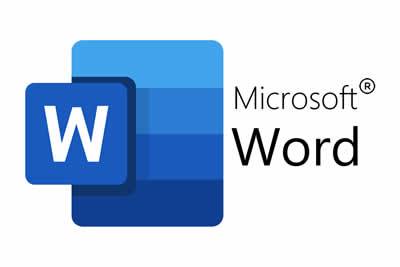Written by Jordan James
(2-minute read)
Revised Landing Page
As soon as you start the programme you will see that things are very different. To the left there is a pane that displays recent documents you've been using - plus an option to view any files you've recently accessed. To the right of this are your templates, which you can click on to if you want to start using them. A library function has also been added and can be browsed using search terms to help you find the right template.
The menus and options are also much improved. Although the ribbon function - (originally introduced in the 2007 version) - has not gone down well in the past with users, it can now be efficiently collapsed in to a series of links that run along the top of the screen. Word 2013 also includes a new Design tab for the ribbon that includes formatting, background and page tools.
Sharing is Easier
If you need to frequently share your documents with collwagues, you will welcome the new collaboration features that have been added to Word 2013. This is all done via the SkyDrive function, with Word telling you whether another user has opened - or made changes to - your document. It's even possible to share your files with colleagues who don't own a copy of the software. All they need to do is click on a specially created link and they will be able to review - and, where appropriate, make changes to - the document just like anyone else.
Because multiple users are likely to be making recommended edits to your documents, the preview function will at first only show the final version of that file. This makes it less confusing to read - although you can change how you are viewing the document to reveal the changes others have made (which are indicated by a solid red line next to the text).
Upload to the Cloud
Although Word 2013 is synchronised with SkyDrive, Microsoft's Cloud service, the default setting can be overridden if you need (or prefer) to download files locally to your desktop. This feature is extremely convenient if you need to change files while on the move, as you'll be able to access them using the Word Web app via your Internet browser. Any changes you make while mobile will be accessible later when you boot up your PC or laptop.
Our Verdict
As with 2010, unless you need specific new features, an upgrade from the previous version is, in our opinion, not justified. But if you are still using 2003, it is probably about time you made the move. You will also shrug off the need to use the Compatibility Pack to open documents produced by most other people -- and send them documents saved in a modern format.






















